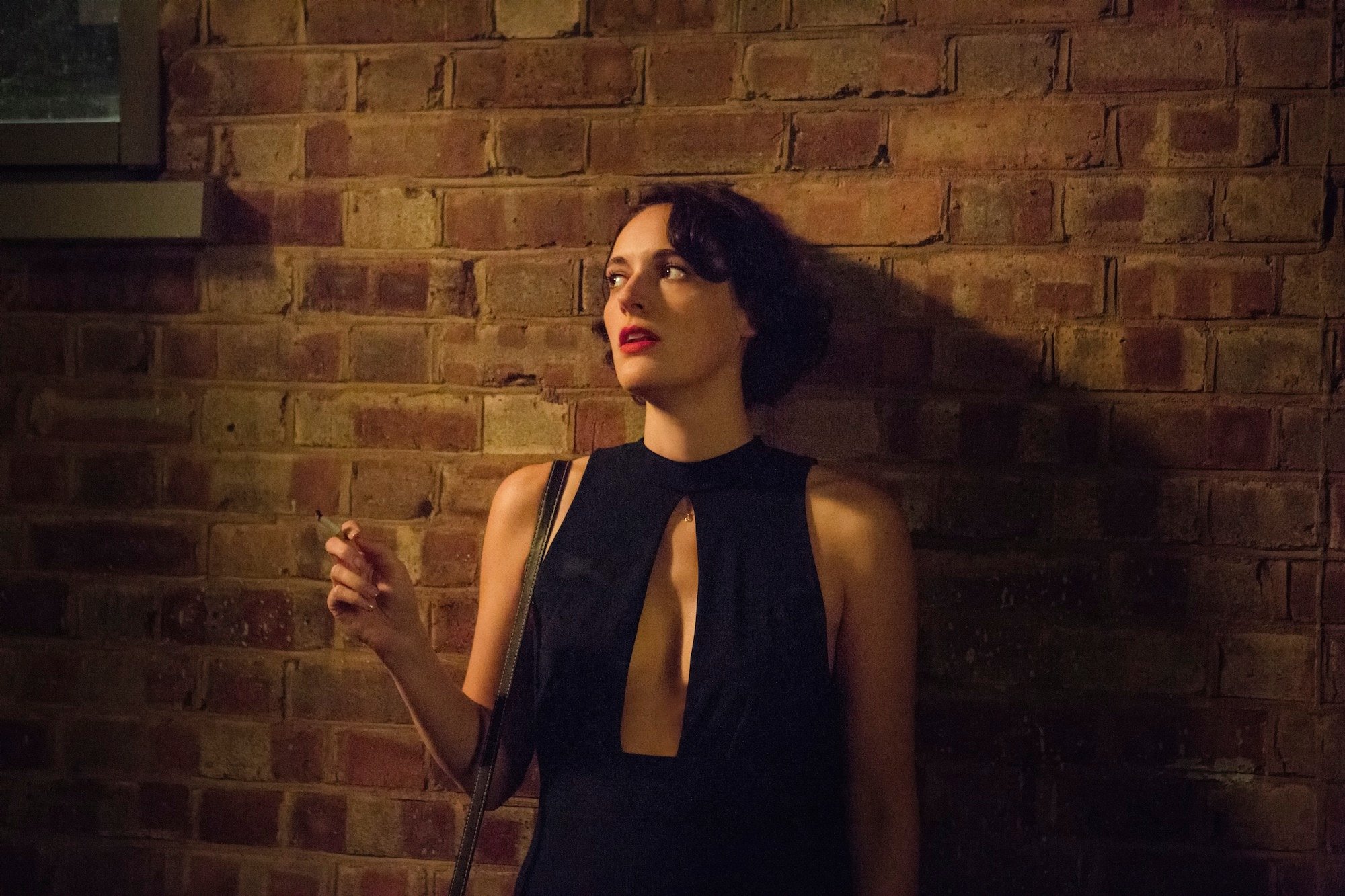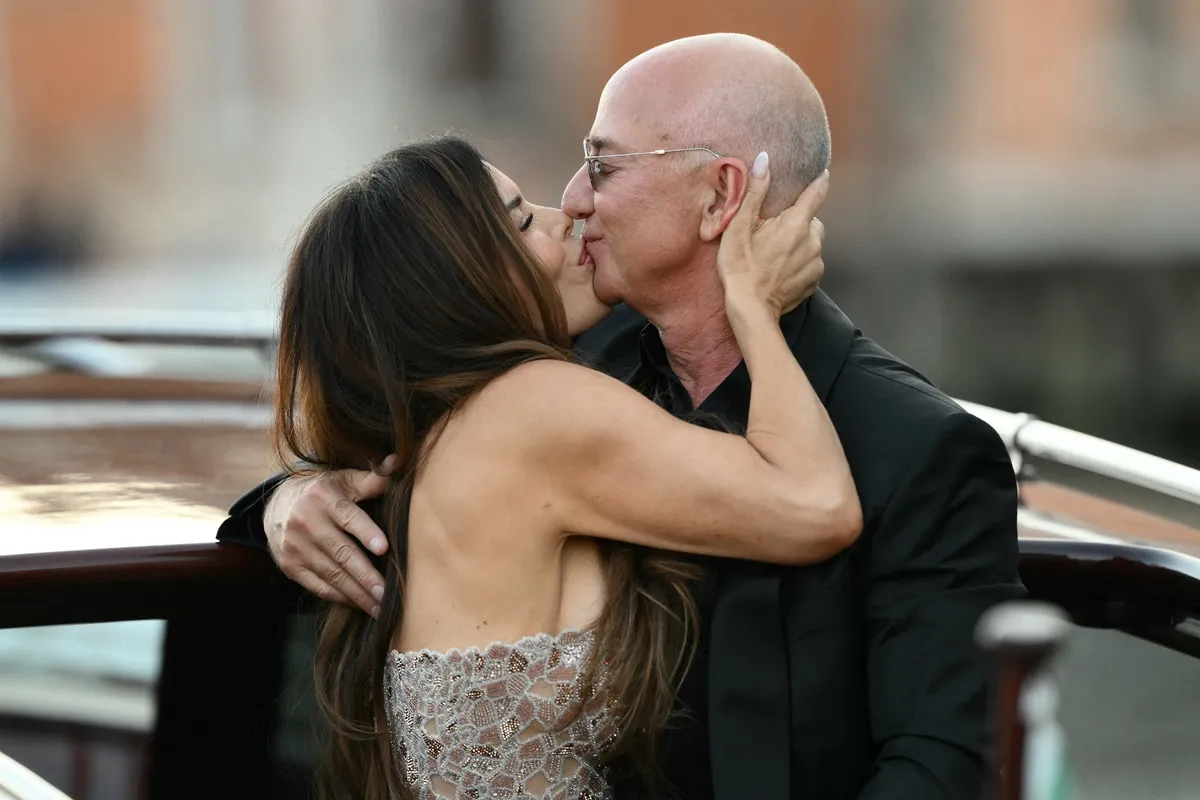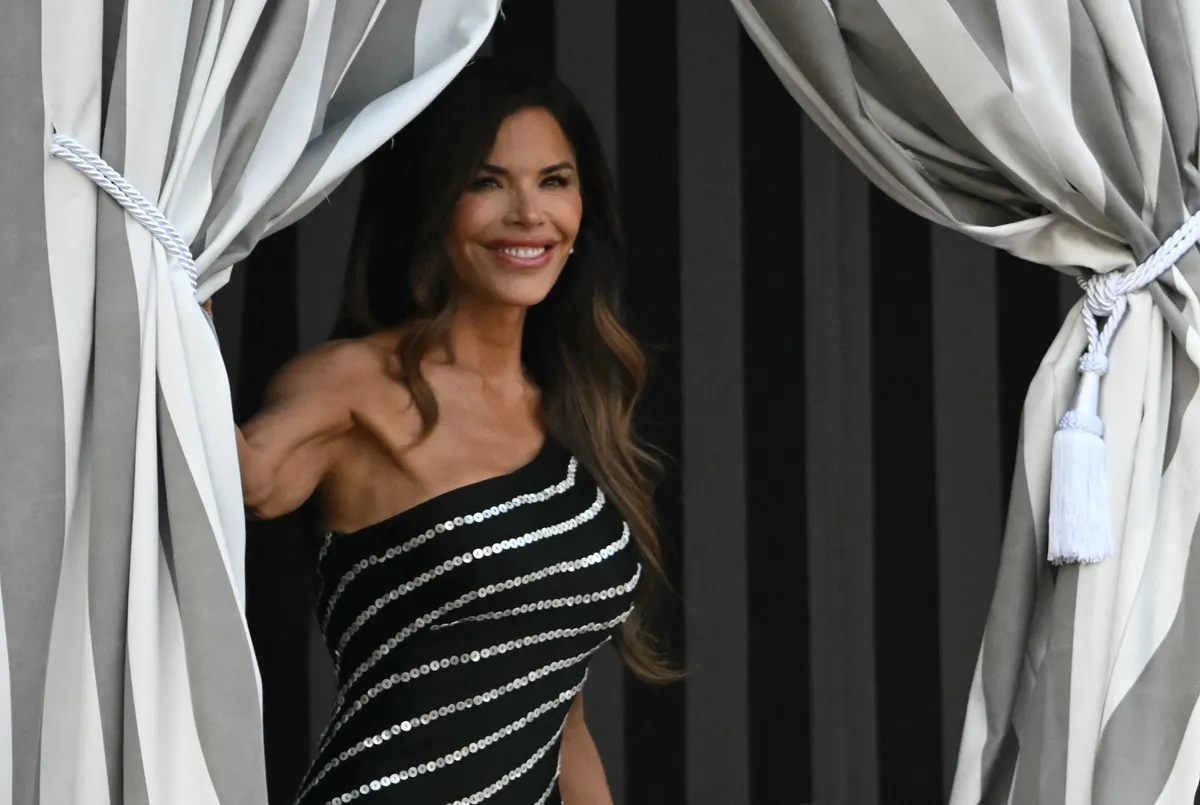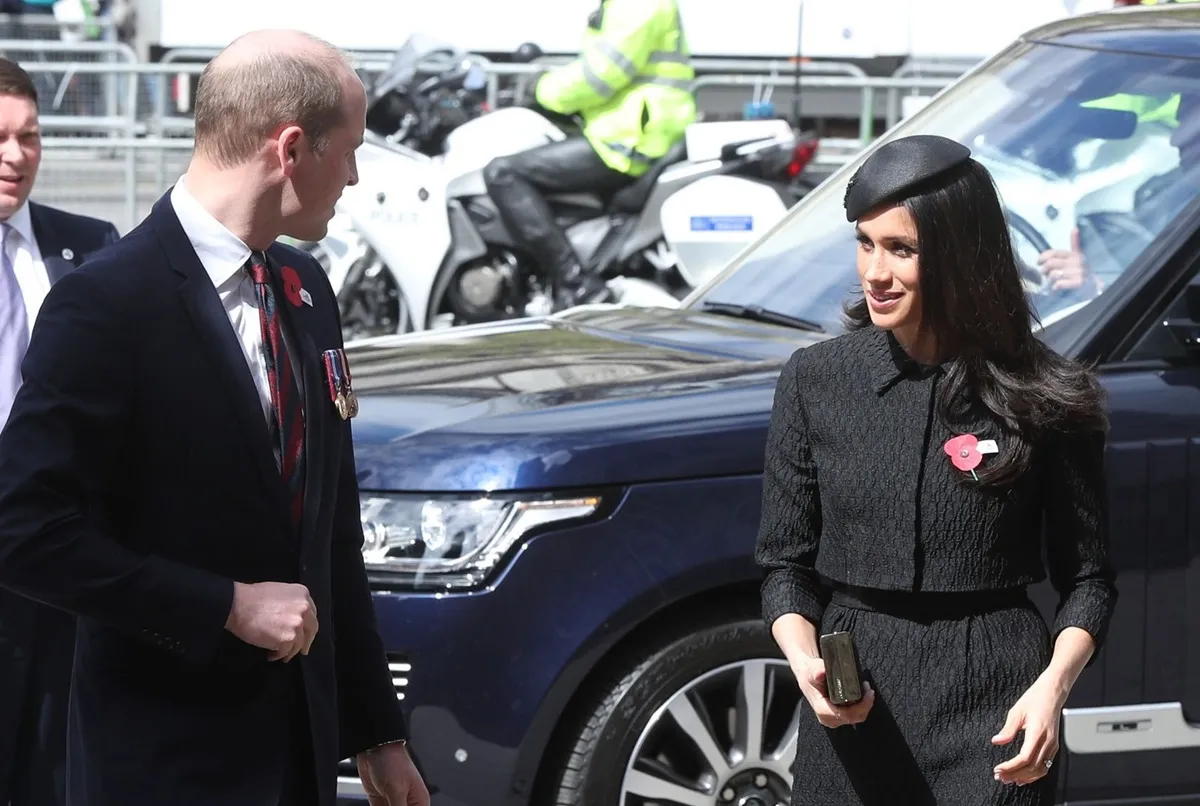Phoebe Waller-Bridge Was Warned That ‘Fleabag’ Would ‘Freak Out a Lot of Men’ by Her Brother
Phoebe Waller-Bridge’s Fleabag blew up when it premiered, and for good reason. It introduced such a messy, relatable character in Waller-Bridge’s lead, and then also didn’t shy away from her bad bits. Not to mention, her breaking the fourth wall didn’t feel out of place or gimmicky. But the two-season show came with a little warning from Waller-Bridge’s brother.

Waller-Bridge’s ‘Fleabag’ started off as a monologue
The Golden Globe and Emmy-award winning show started off as a monologue. Waller-Bridge performed her 10-minute monologue at the local fringe festival by Deborah Frances-White in 2012, according to Backstage.com.
“It was a terrific show. Everyone smashed it. Then Phoebe came out and perched on the edge of her promised high stool—which I had bought especially—eyes alight as if she were about to make a hilarious prank phone call,” Frances-White told the Henley Standard in 2019.
It was the first time Waller-Bridge had performed something like this for an audience, although it didn’t seem like they noticed.
“I’d written a few short plays but hadn’t written anything near a standup, solo thing,” she told Backstage.com. “The idea was it had to be somewhere between the two. I said, ‘No, absolutely not, that’s terrifying,”
The stage play made Waller-Bridge’s brother uncomfortable
Fleabag then turned into an hour-long play, a one-woman show. A Kickstarter was set up for the performance, and they planned to debut it at Edinburgh Fringe Festival. In 2013, it won a Fringe First Award at that festival. It then expanded and eventually traveled to London, Australia, and South Korea, and America after the series premiered.
The audience reaction was favorable, and Francesca Moody, the producer said “people were properly laughing” at Waller-Bridge’s writing.
“We all thought it was funny but it was a huge relief to know that other people felt the same way,” Moody told the Evening Standard. “In and amongst those first few shows, though, I’ll always remember one friend who turned to me said he found it desperately sad. That was the moment I knew we had something brilliant and special.”
Interestingly, Waller-Bridge’s brother also had a strong reaction to the play.
“My brother’s face turned white when he saw the early script,” she said. “He said I’d freak out a lot of men because everything feels true, like her saying she’d rather wank than have sex.” Obviously, as fans of the series can attest, the show’s honesty and bluntness is a major draw.
It was a challenge adapting the one-woman show for screen, but she obviously did a good job
As you can imagine, having a one-woman stage show is vastly different from having a six-episode first season. So adapting her own work proved to be tough. And a major aspect that she had to really craft was Fleabag’s inner monologue.
“[We were] still working closely to the idea of the unreliable narrator,” she told Backstage.com. “As she brings you closer and closer into her personal life, she starts to kind of regret bringing you in because of how much pain there is and how she can’t escape the camera.”
And the way Fleabag does this is different from a lot of other series. She actually looks straight into the camera, talking to the audience when she has these inner moments. It’s done in a way where it becomes a part of the character and invites audiences into her world.
“The first and most important thing that was troubling to me was how to keep the relationship with the camera fresh and alive, because in the first one I knew what the journey of it was—which was, at the beginning, she invites you in with total confidence that she can convince you that she’s absolutely fine, hilarious, and is having a brilliant life,” Waller-Bridge told The Hollywood Reporter.
What Waller-Bridge wanted to then do with the second season was explore what it’s like to have the most personal thing come out to your audience, and move forward. The second season uses her breaking the fourth wall as a way to show just how broken she is. It’s also important to note that the only person to notice she dissociates like this is the Hot Priest. The only one to see her but the one who can’t be with her. Tragic!


